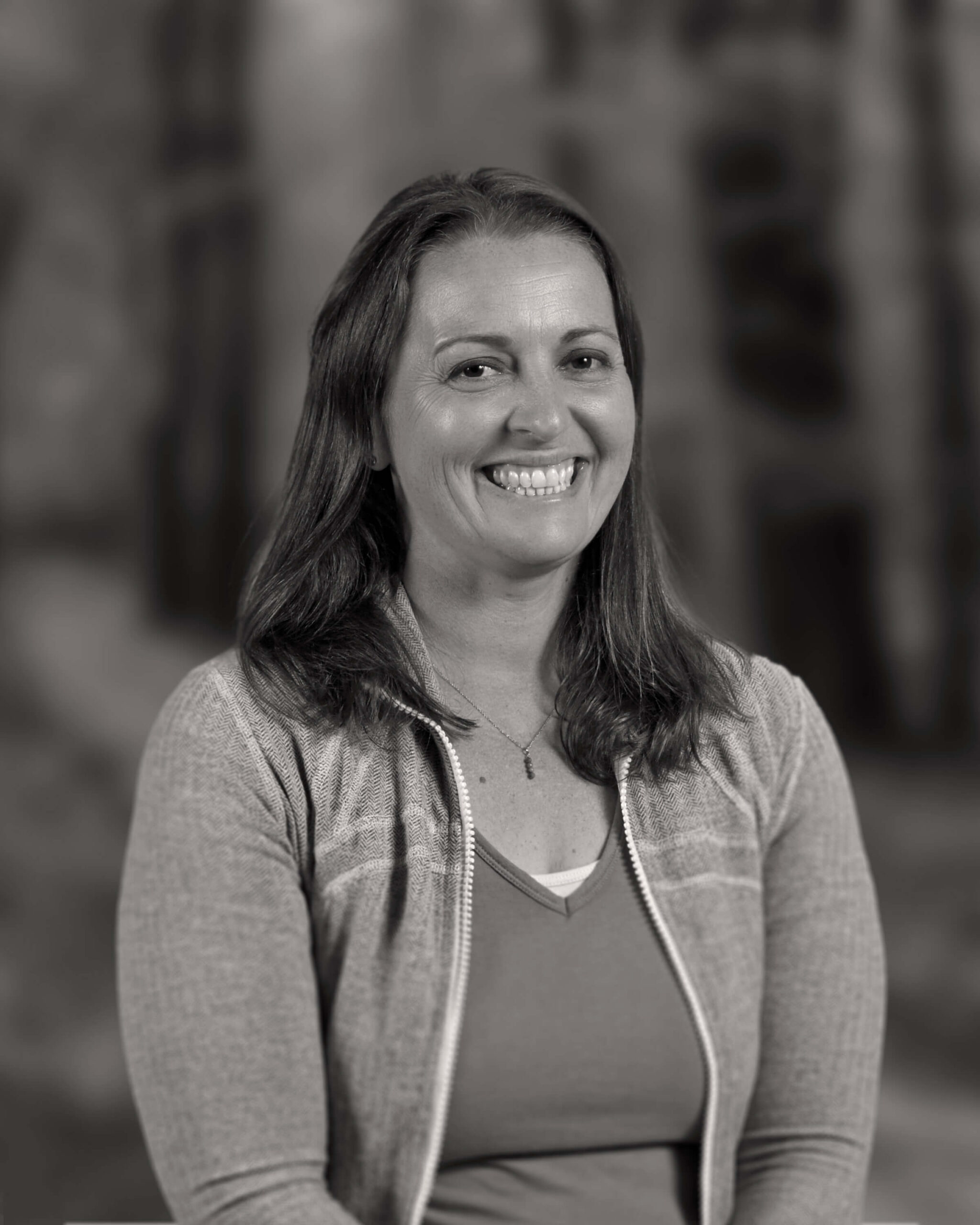
A self-described perpetual student, Sarah Bottorff has always been dedicated to advancing her own science education—and that of students and her own daughter.
Long before becoming our production manager for genetics and botany, Sarah was a child growing up in the Appalachian foothills south of Washington, DC. Her connection to the outdoors strengthened with every hiking and camping trip.
She later earned her bachelor’s degree in biology from William and Mary before going into environmental consulting. After teaching at her first school near Richmond, she spent the next nine years teaching biology, chemistry, and environmental science and earned her master of education from the University of Richmond.
While shopping for supplies for her department, she happened on Carolina as one of her school’s vendors and explored our employment page, ultimately joining our team as a product developer in 2014. Her roles at Carolina have since shifted to a technical support specialist in our live biology department and now to her current position.
One area she has extensive experience in from her genetics and botany-centered role? Her top product for classrooms, our genetic corn.
From planting, to harvest, to watching the ears of corn be shipped out, Sarah works closely with the corn as part of our team, overcoming obstacles like weather and pests to turn out a crop each year.
“It’s far reaching,” she says. “We’ve got corn going into basically every corner of the country and internationally now, too. That’s cool that something that I touched and made is being used somewhere globally to teach somebody about genetics.”
She’s also enjoyed bringing new cultures to Carolina, like creating a method to culture bioluminescent algae and adapting it to our lab environment.
During her time teaching, Sarah saw how engaging and hands-on experiences can captivate students—even more than their phones.
Taking her AP environmental science students to Smith Island at the courtesy of the Chesapeake Bay Foundation, they spent the weekend oystering, crabbing, sampling invertebrates, and learning about the watershed.
“The kids did not touch their phones the entire time we were out there,” she says, “I think that level of engagement and seeing them just be there, interact, and absorb the experience, that was the aha moment for me. I was like, “They need to be outside. They need to be looking at this stuff. Science—you feel, you touch, you smell, you get dirty. That’s what it is.”
Now, in addition to the students she impacts through Carolina, her teaching nature comes through for her daughter, and, at times, her classmates.
“I tell my daughter all the time, ‘You’re never going to stop learning,’” she says, later referring to a presentation she did for her daughter’s class using our Maggot Michelangelos kit. “They were asking me, ‘What can we do to be a scientist?’
“I said, ‘You’ve got to have an open mind, ready everything you can, and take pieces of information and put them together to synthesize them. Not only are you doing the science, you’re also taking what you read about and putting it together with what you already know.’”
Get the latest news, free activities, teacher tips, product info, and more delivered to your inbox.